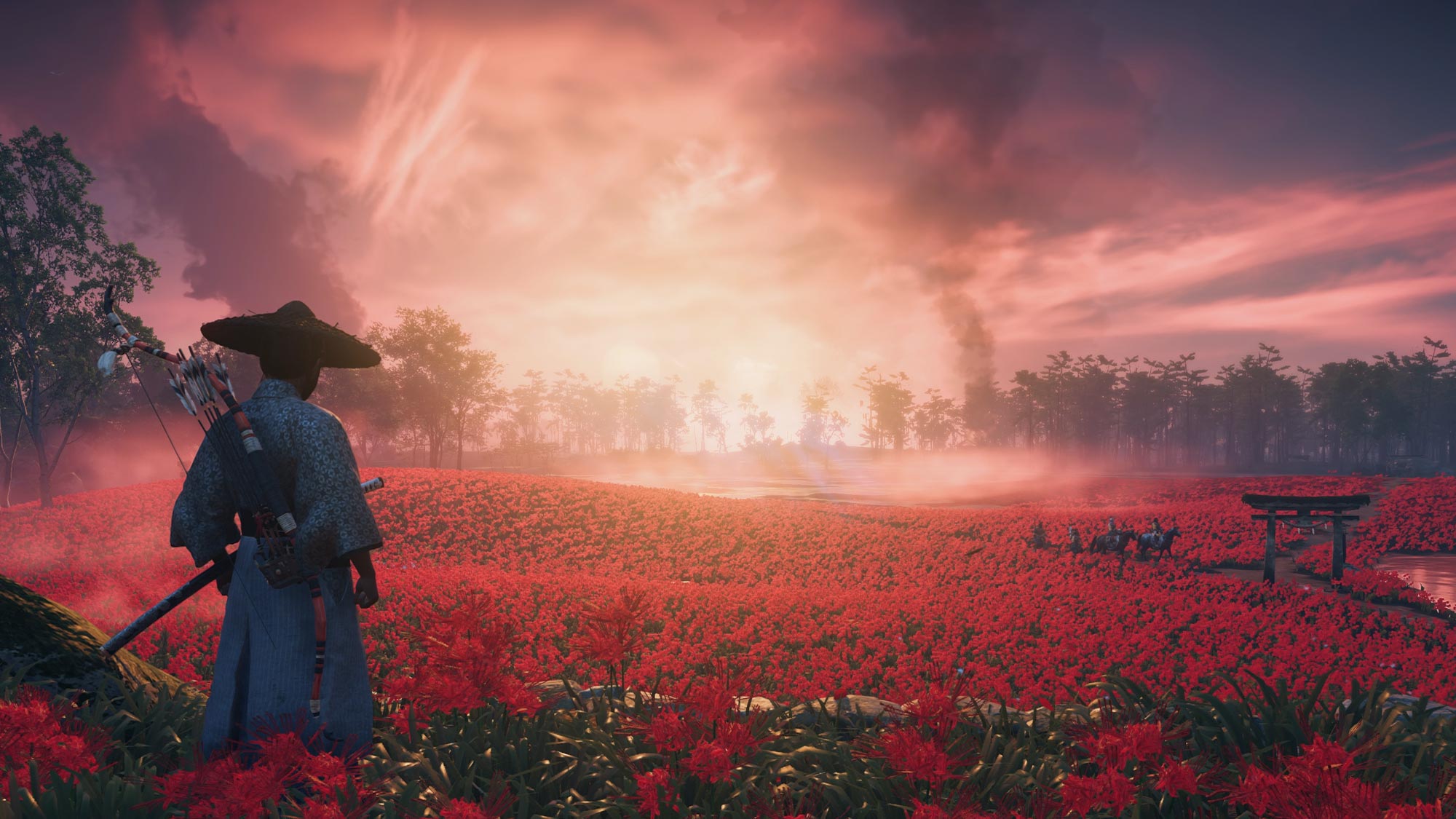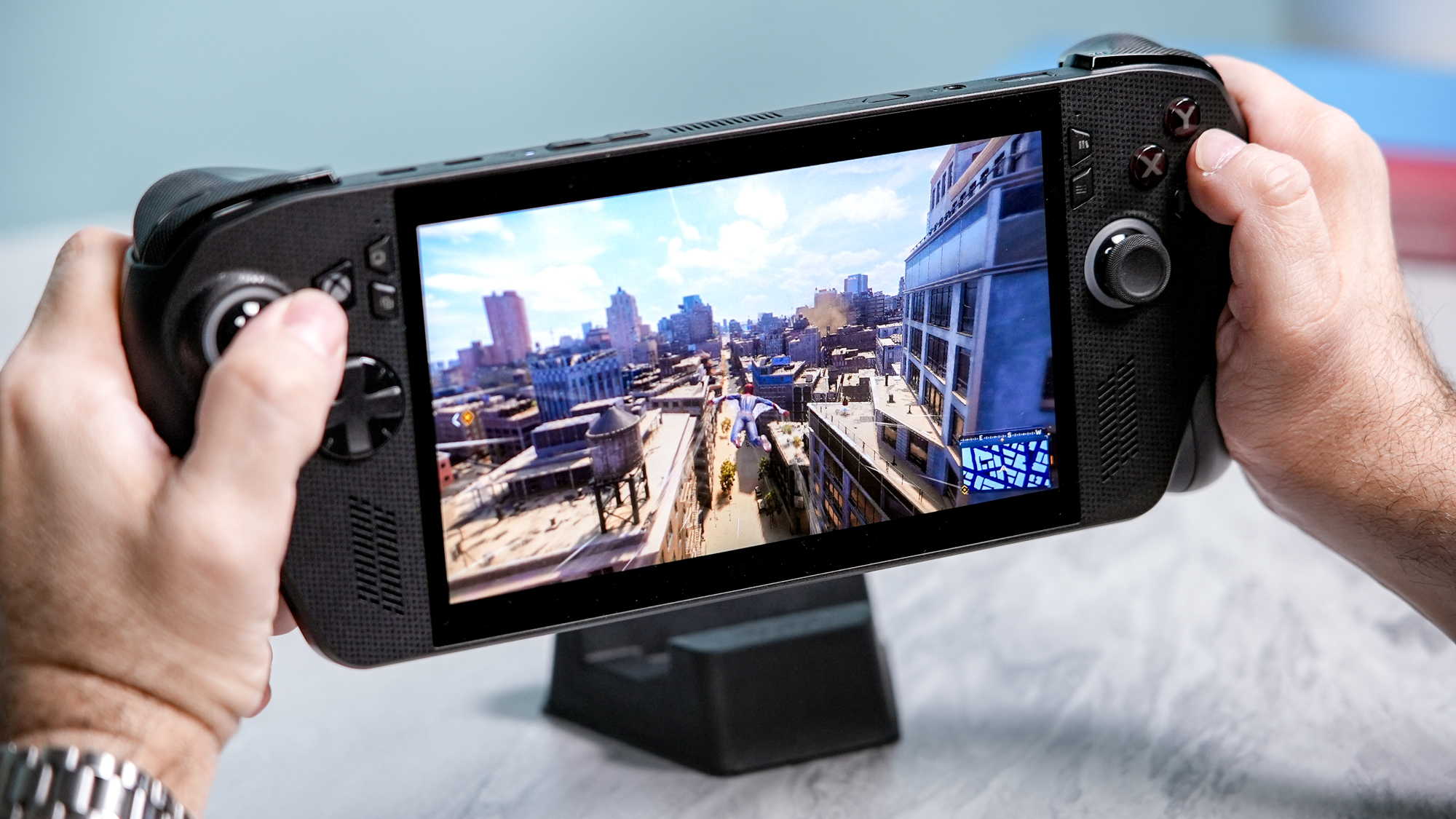Tom's Guide Verdict
Ghost of Tsushima Director’s Cut is the best way to play one of 2020’s best games, but the PS5 upgrade can be a bit pricey.
Pros
- +
Still an excellent game
- +
Substantial Iki Island expansion
- +
Even more gorgeous than before
- +
Easy to transfer saves
Cons
- -
Still a repetitive game
- -
Expensive PS5 version upgrade
Why you can trust Tom's Guide
Platforms: PS4, PS5 (reviewed)
Price: $60 (PS4) / $70 (PS5)
Release Date: August 20, 2021
Genre: Open-world action/adventure
Ghost of Tsushima Director’s Cut is arguably the definitive way to experience one of the best games of 2020. Beloved like fans and critics alike, the original Ghost of Tsushima is one of the best open-world games around. This upgrade for the PS4 and PS5 adds a whole new area, plus a bevy of graphical and gameplay enhancements.
These upgrades don’t come cheap, however. If you bought Ghost of Tsushima at launch, you could find yourself facing down an extra $30 in DLC fees. That’s arguably worthwhile for the substantial Iki Island expansion, but graphical enhancements come free on most other cross-gen titles.
Still, if you can stomach the high price (or if you’re just buying the game for the first time), there’s a lot to love about Ghost of Tsushima Director’s Cut. It builds on an already-excellent game with stunning visuals and substantial story content. It also lets you hit the ground running, without a tedious save transfer process, which is more than many PS5 upgrades can say. Read our Ghost of Tsushima Director’s Cut review for the full story.
Ghost of Tsushima Director’s Cut: What’s new?
For those who didn’t play Ghost of Tsushima last year, Ghost of Tsushima Director’s Cut is the version of the game you’ll want to pick up. This open-world action/adventure takes place in medieval Japan, during the ill-fated Mongol invasion. You play as Jin Sakai, a disgraced samurai who survives the initial Mongol attack, and vows to liberate his native island of Tsushima before the Mongols can use it as a staging ground.

For a more detailed breakdown of gameplay and story, check our full Ghost of Tsushima review from last year. Without rehashing the whole thing here, you'll spend most of the game locking swords with Mongols, sneaking through encampments, exploring the Japanese countryside on horseback, and upgrading your stealth skills, swordsmanship, weapons and armor as you go. I liked the game quite a bit, praising its excellent swordplay and morally ambivalent story. I also thought it ran into some familiar open-world issues, however, including repetitive side content and a flabby second half.
Thinking back on the game, however, there were a lot of memorable moments, and I still think fondly on both the combat and the cast of characters. In fact, Ghost of Tsushima won both “best story” and “best boss level” in the Tom’s Guide Gaming Awards 2021.
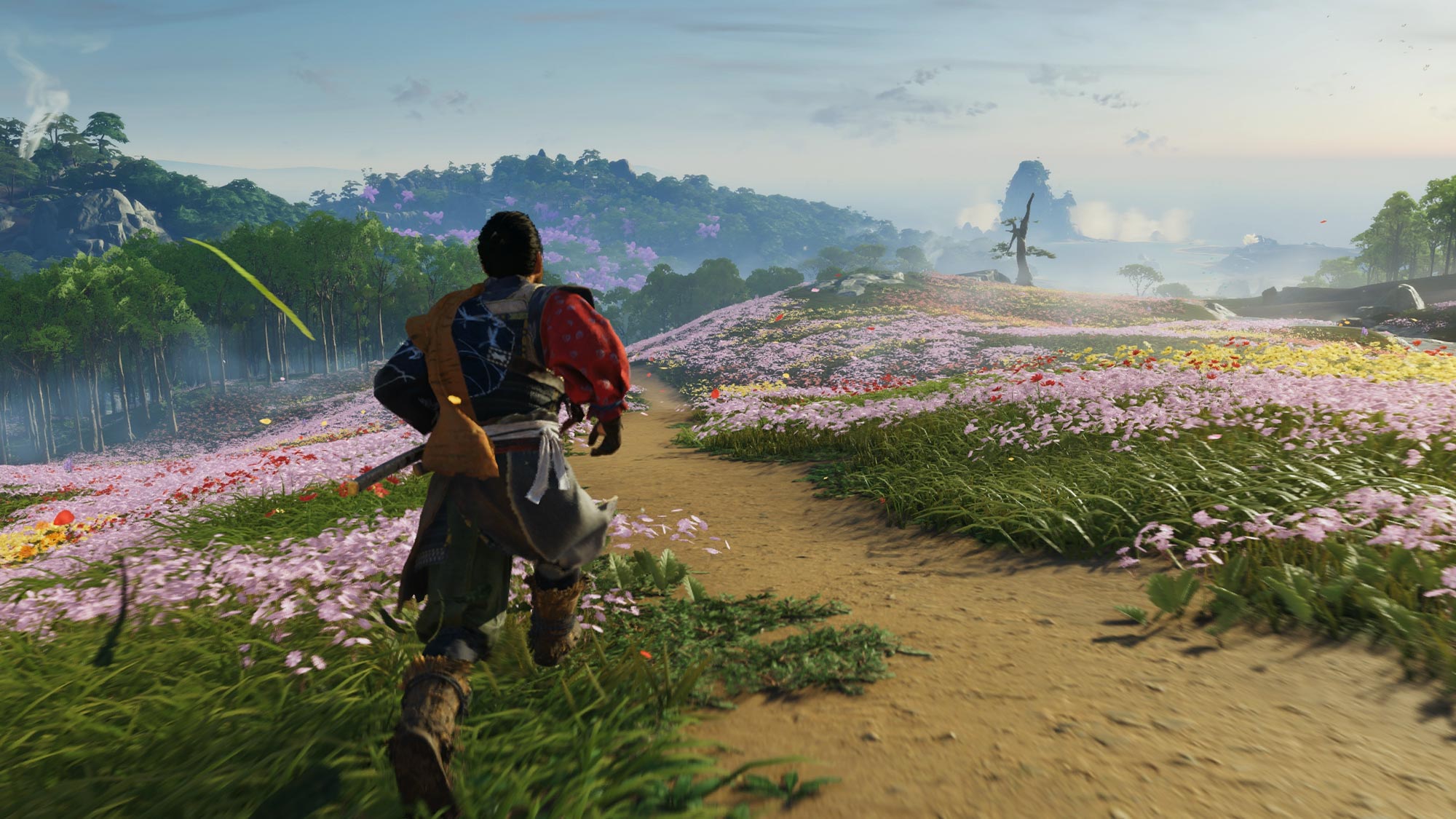
Ghost of Tsushima Director’s Cut doesn’t change much about the original game’s (mostly) winning formula. It still has the same gameplay, story and world map as before. On the PS4, the Director’s Cut adds only the substantial Iki Island expansion; on the PS5, the Director’s Cut adds Iki Island in addition to technical improvements, including 4K resolution, 60 frames-per-second frame rate (when possible), 3D audio and better load times. (The “better load times” claim is no joke; starting the game now takes mere seconds.)
Get instant access to breaking news, the hottest reviews, great deals and helpful tips.
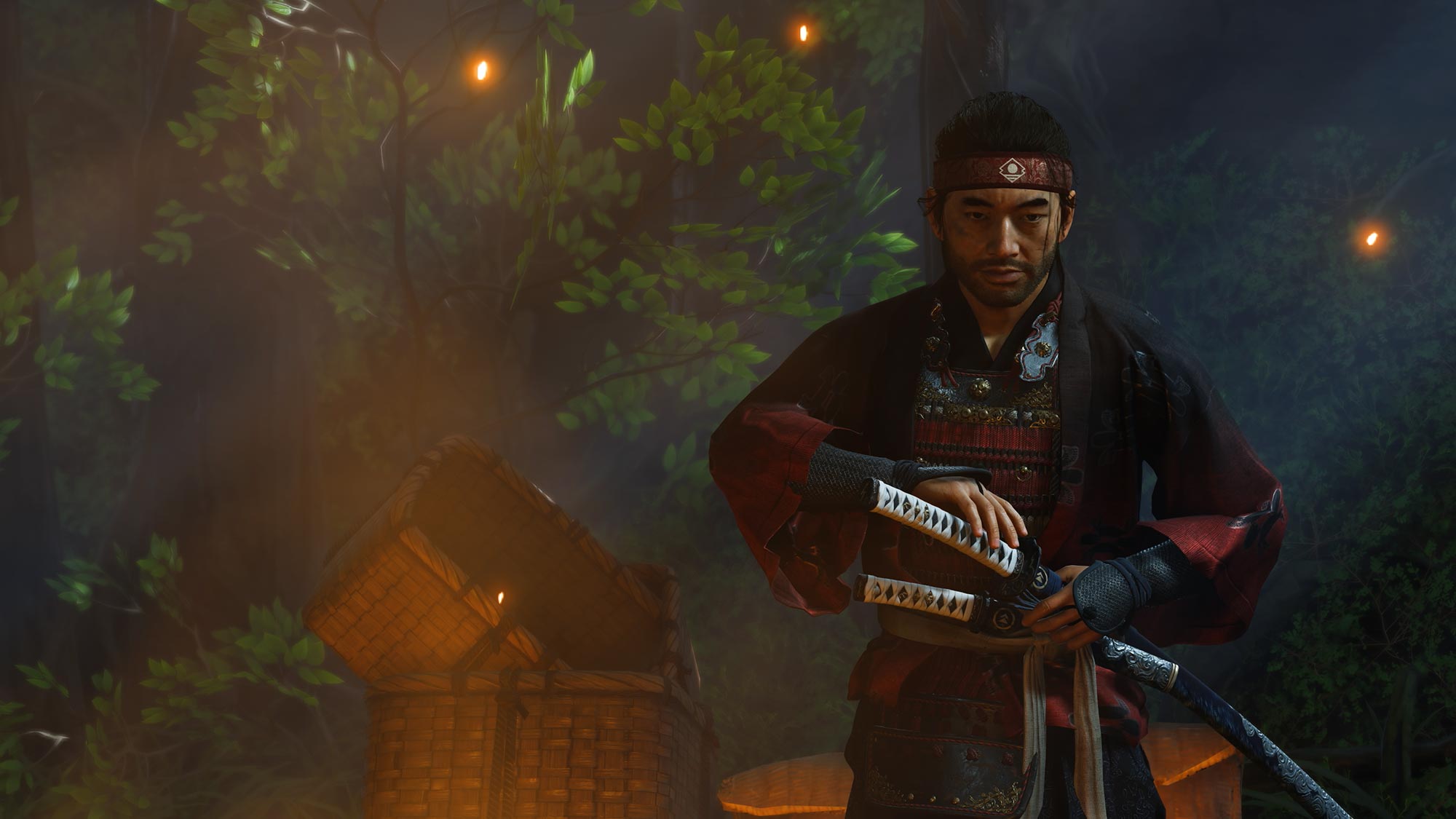
Here’s where it gets confusing. If you bought Ghost of Tsushima last year on PS4 and simply want the Iki Island expansion on PS4, it costs $20. That’s admittedly expensive for a DLC pack, but Iki Island is a lengthy addition, so it’s arguably worthwhile. If you want the PS5 graphical enhancements too, however, that’ll cost you an extra $10. In other words, if you bought Ghost of Tsushima at launch, it costs $30 to upgrade to the PS5 Director’s Cut. That’s $90 altogether, compared to $60 for the PS4 Director’s Cut, or $70 for the PS5 Director’s Cut.
While rehashing the “PS5 enhancements should be free” argument is beyond the scope of this review, $30 is admittedly a lot of money for a Director’s Cut. And while Iki Island offers plenty of new areas to explore and story quests to complete, it doesn’t add many substantial gameplay enhancements. If you loved Ghost of Tsushima, $30 is probably a fair price; if you liked Ghost of Tsushima, you may want to wait for a sale.
Ghost of Tsushima Director’s Cut: Iki Island expansion
The most substantial addition to Ghost of Tsushima Director’s Cut is the Iki Island expansion. In this side story, Jin travels to the nearby Iki Island, where the Mongols have also attempted to gain a foothold. (This is historically accurate.)
The overall story on Iki Island — Jin fights the Mongols through both open combat and subterfuge — is not radically different from the story in the main game. However, this time, there’s more of a focus on introspection and backstory. A Mongol warlord called the Eagle feeds Jin a drug that makes him relive his worst memories in trippy asides that crop up organically as you explore the island.
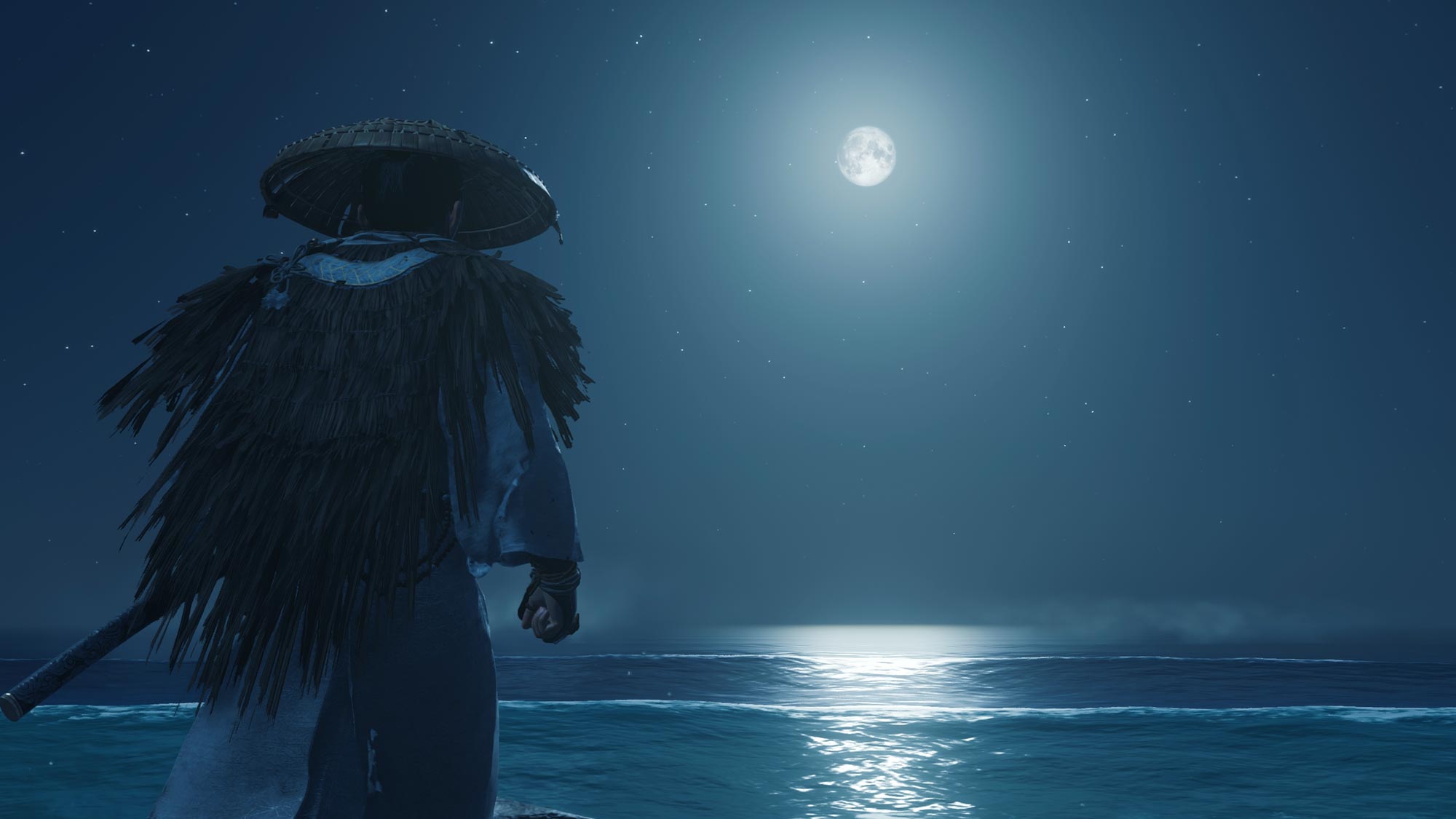
Those who played the original game will remember that Jin’s father died on Iki Island many years ago, as Jin watched in fear instead of intervening. This alone gives the Iki Island story arc some gravitas, and watching Jin confront the ghosts of his past is, for the most part, just as interesting as watching him confront the external Mongol threat.
Gameplay-wise, Iki Island is more of the same. There are a few new hot springs and bamboo strikes to find, which will increase your health and resolve a bit. That’s helpful, since the combat on Iki Island is considerably tougher than on the mainland. A new type of Mongol — a chanting shaman — can empower every enemy on a battlefield, and finding him in the heat of battle can be a real challenge.
There are also archery challenges to complete and cat sanctuaries to find, both of which put slightly different spins on last year’s side activities. Your horse gains an upgradeable “charge” ability that can plow through the enemy ranks. Otherwise, though, you’ll spend a lot of time riding from waypoint to waypoint on horseback, uncovering more of the map and mopping up Mongol outposts as you go. Iki Island’s design reminded me why I loved Ghost of Tsushima — and also why I got a little tired of it after long play sessions.
Ghost of Tsushima Director’s Cut: Visuals and sound
On the PS4, Ghost of Tsushima Director’s Cut looks about the same as before. On the PS5, however, Ghost of Tsushima looks like a true next-gen game. The vibrant colors pop as you explore the forests, beaches and towns of Iki Island, particularly the gorgeous blue skies and striking green foliage. You can select between a high-resolution mode, which sacrifices frame rate for 4K visuals, or a better framerate mode, which sacrifices UHD resolution for faster frame rates. I thought the high-res mode offered a better tradeoff, but the better framerate shines during intense, chaotic combat sections.
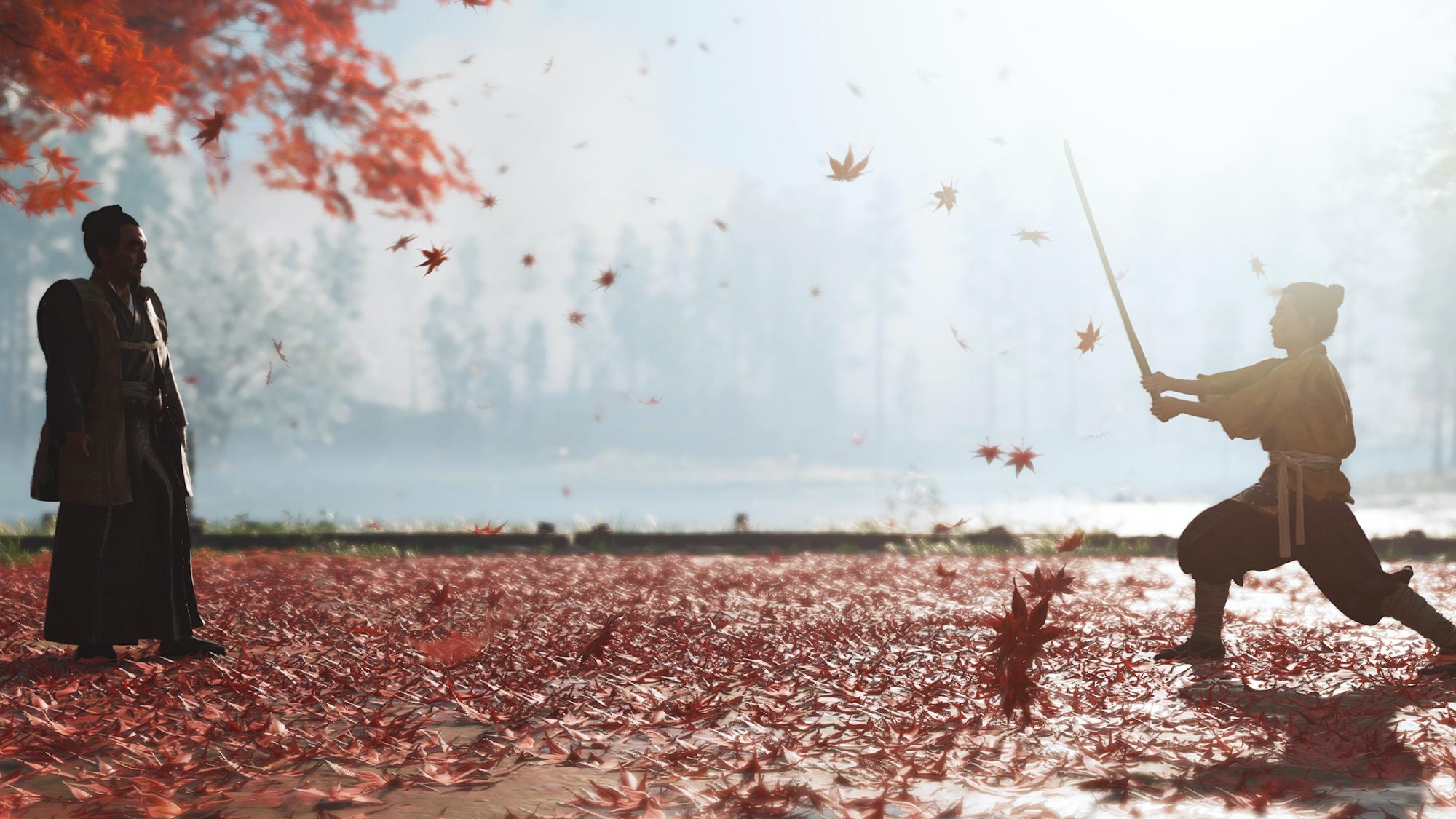
Developer Sucker Punch has made a few enhancements in the audio section as well. One complaint about the original Ghost of Tsushima was that the Japanese-language lip-syncing didn’t match up with what the characters were saying. The lip-syncing now looks much more realistic, providing yet another reason to play the game in the black-and-white, subtitled “Kurosawa mode.” Patrick Gallagher as the charismatic Khotun Khan is once again the game’s standout performance — so much so that his absence is palpable in the Iki Island content.
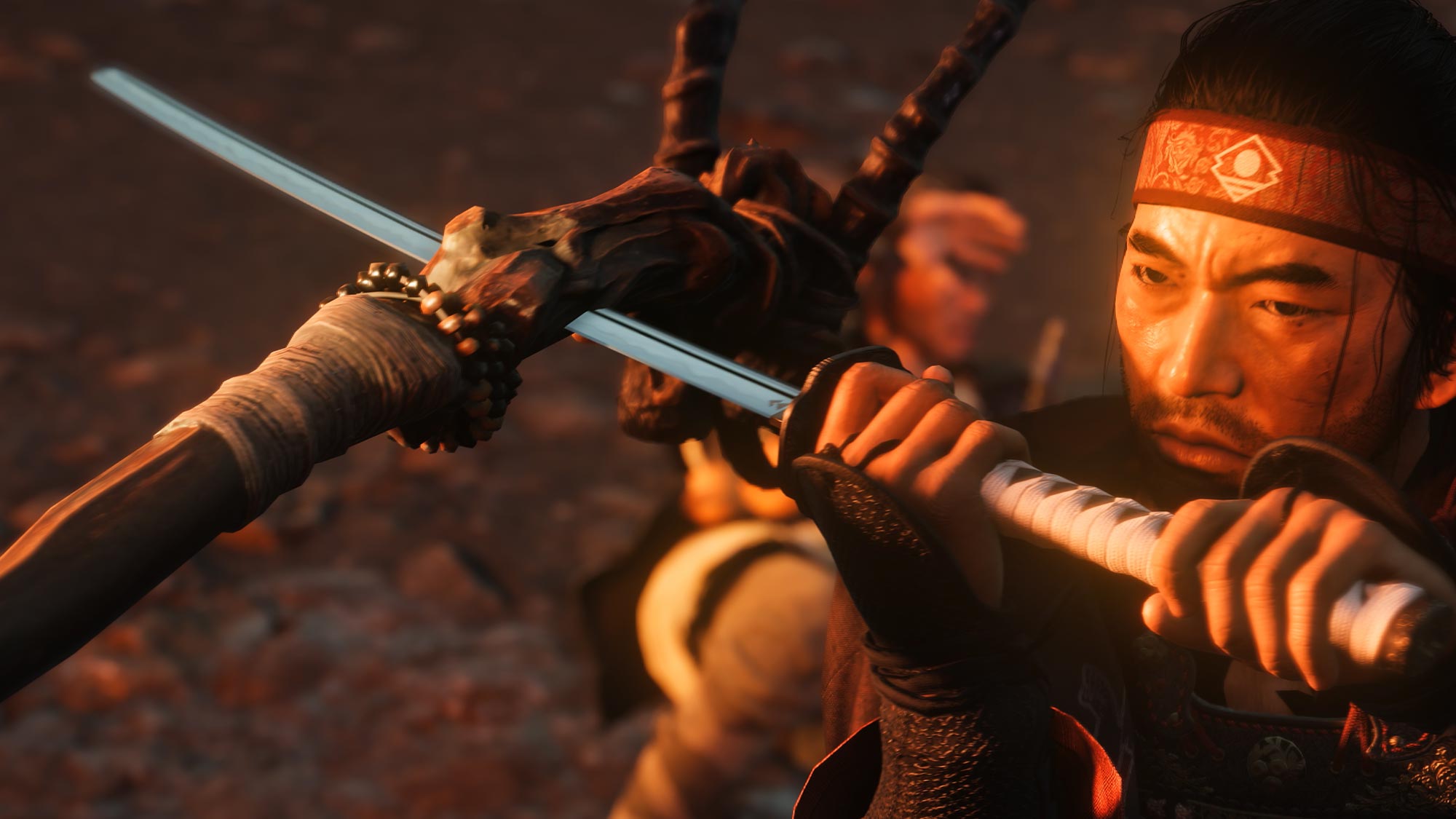
Ghost of Tsushima Director’s Cut also deserves some praise for making it easy to transfer a PS4 save file to the PS5 version. All you have to do is have an original Ghost of Tsushima save file on your console, or saved in the cloud. You can then convert it directly from the Director’s Cut main menu. Compare and contrast to the cumbersome process in Spider-Man Remastered or Final Fantasy VII Remake Intergrade, and Ghost of Tsushima Director’s Cut feels positively effortless.
Ghost of Tsushima Director’s Cut: Verdict
Apart from Iki Island, Ghost of Tsushima Director’s Cut is a modest upgrade. And yet, it’s a modest upgrade for a fantastic game — and Iki Island provides an excellent reason to dive back into Jin’s compelling story.
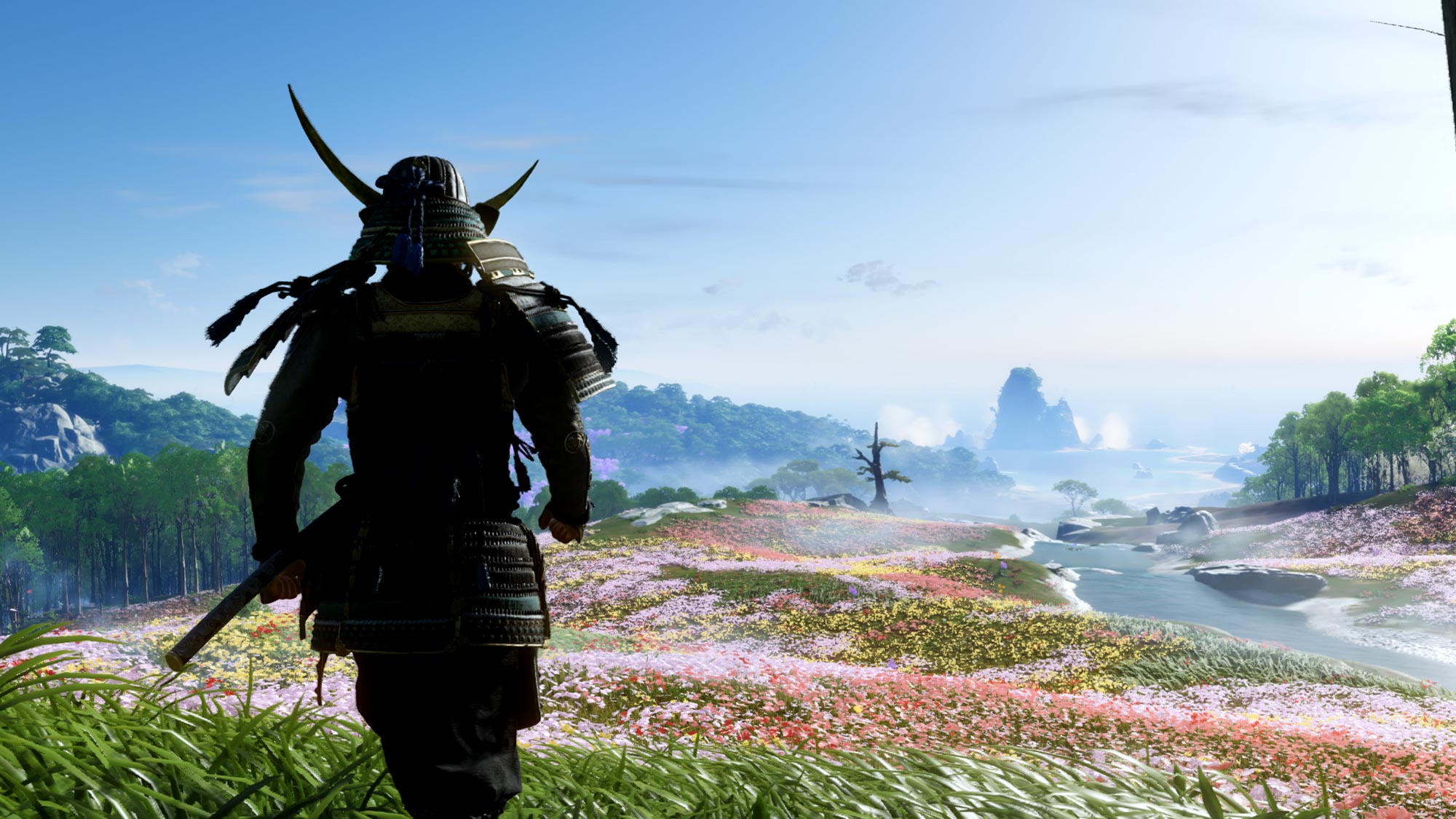
If you’ve never played Ghost of Tsushima and have any affinity for historical action games, the Director’s Cut is an easy sell. If you’ve already had your fill of Jin’s samurai adventures, on the other hand, $30 is a big ask to continue them on the PS5. Nevertheless, the new content is worthwhile, and the game really does look much prettier than before.
Then again, if you want a completely different medieval samurai adventure optimized for the PS5, there’s always the Nioh Collection.

Marshall Honorof was a senior editor for Tom's Guide, overseeing the site's coverage of gaming hardware and software. He comes from a science writing background, having studied paleomammalogy, biological anthropology, and the history of science and technology. After hours, you can find him practicing taekwondo or doing deep dives on classic sci-fi.
